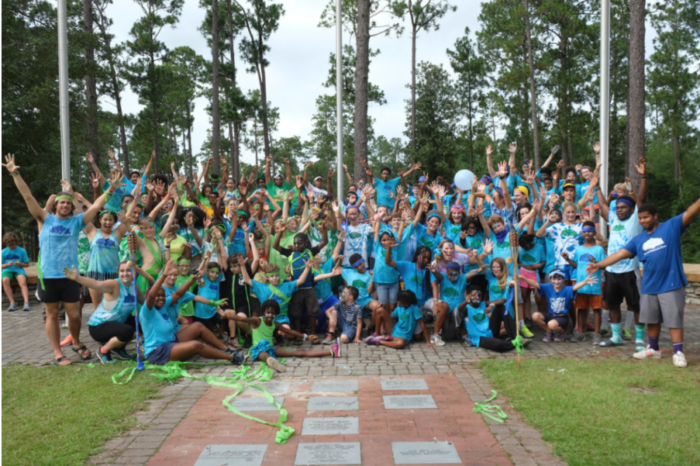
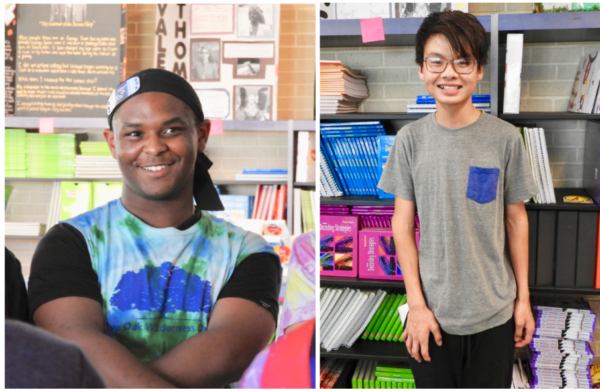
“What if the future leaders of New Orleans met at age nine?” This question was the inspiration behind Live Oak Wilderness Camp, which was founded by a team of New Orleans educators in 2014. Live Oak has built a diverse community of nine-to-sixteen-year-old campers who come from 70 different public and private schools across the city. Live Oak harnesses the independence, adventure, and fun of sleepaway summer camp at their 1,200 acre facility in Wiggins, Mississippi. They also lead year-round programming for their camp community in New Orleans, including their Leadership Seminar series for campers and former campers ages fifteen to eighteen.
We met with New Orleans high schoolers EP and Hudson before they headed out to Live Oak this summer.
Hudson and EP have been attending Live Oak each summer for the past four and five years, respectively. Now, they are part of the camp’s Junior Coach in Training Program. They spoke with us about leadership, prejudice, learning, and the lessons that schools could take from camp.
What does Live Oak mean to you?
Hudson: Live Oak is a home away from home. It’s like a place where I, as an individual, can take what I learned in the city and apply it at camp, and vice versa. It’s been essentially a second part of me.
EP: Live Oak is a game changer, just for in life in general, because you meet so many fantastic people all across New Orleans. Live Oak is about meeting new people; it’s about new experiences and doing crazy challenges. There’s the important thing of self-building and getting yourself to a leadership point, even if you don’t see yourself as a leader.
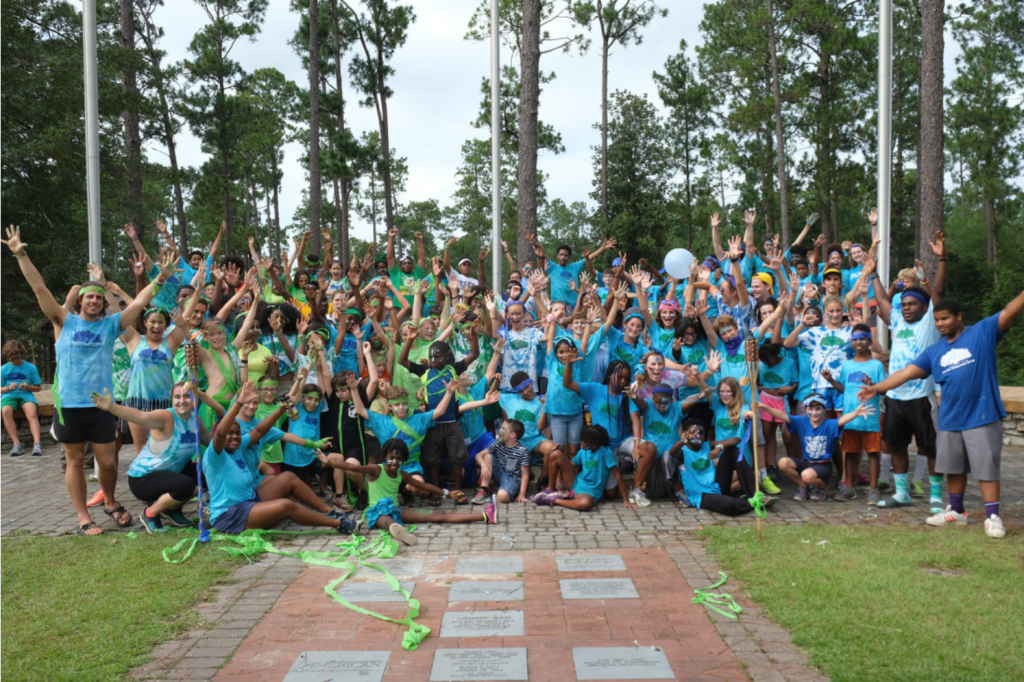
The first days as a camper
Hudson: On the first day, I was really shy, because I didn’t know anyone, and I didn’t realize how many unique people were in New Orleans. I always thought of my own bubble…[but] they were people that were super close by, maybe five minutes away from my house. After meeting them and growing a friendship with them, now I am a lot more open and aware of what is going on around my city, and what they are up to, so I can build stronger connections.
EP: I thought, “Wow, there’s a whole bunch of people, I don’t know what to do.” But then I saw our camp director, D, with the biggest green mohawk, and I thought, “Wow, I want to be like that guy.” I realized camp is a place where you can be you, and I don’t get to do that on an everyday basis. Ever since then, I felt more powerful and more like myself. If I were torn away from camp now, I would lose a part of myself.
Friendships at camp
EP: I met probably the person that is my best friend of all time, Liam. We do almost everything together now. If he has free time, I’ll go by his house. I don’t care what we do, I’m just happy to be there. Liam and I probably would have never met, like had any opportunity of seeing each other ever. We go to different schools. I went to ReNEW Cultural Arts Academy. He goes to Newman. So much about our backgrounds were different. It’s emotionally moving to me, seeing how fast I made a family from a bunch of random people around New Orleans. It inspires me to keep going, and to make sure that the little ones that come to this camp have that same opportunity to make a family with their cabinmates and be connected with them. Because it is really rare to see random people come together and do something spectacular.

Hudson: I went to my old school, Audubon, since I was in kindergarten. With this bubble, you have unconscious bias. But going to Live Oak, I met many people that have many backgrounds, that go to so many other schools—so I opened up to have less bias between us. Many people build a wall between themselves because of how much money they make every month. Without Live Oak, you wouldn’t meet people from this level of income or that level of income—we are all together.
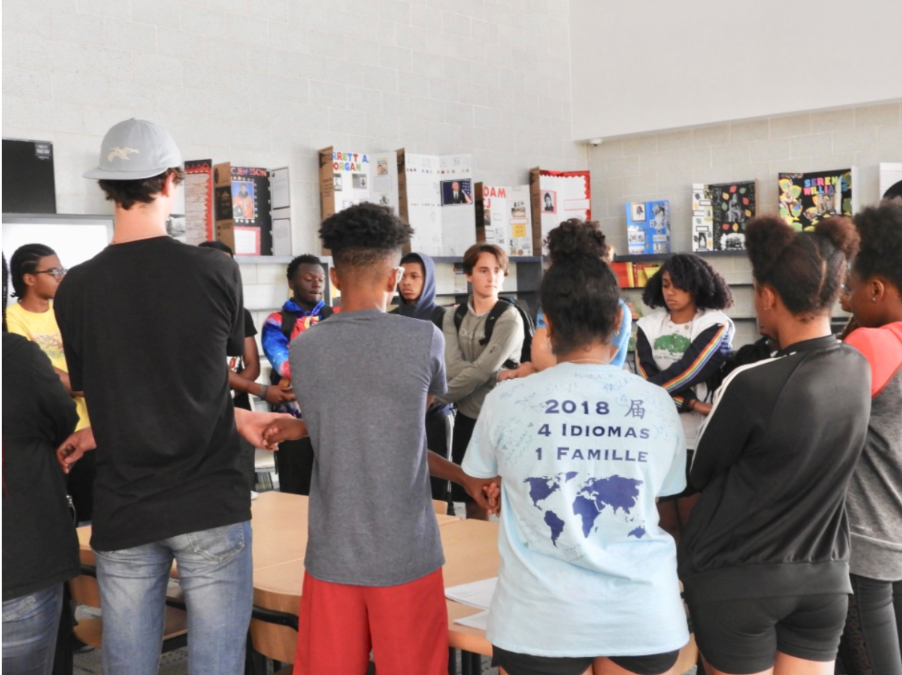
What learning looks like at Live Oak
EP: Live Oak teaches you mentally, physically, and emotionally. Live Oak shows you exactly who you are, and what you’re already good at.
We do “IT Challenges”— they’re team bonding activities and experiences that we do, and we have a certain amount of time to do it, and everybody has to be involved. A typical one is where they hang up a hoop, and we have to carry all the campers through the hoop from one side to the other. You have to be creative with how you solve the challenge, and you have to work together.
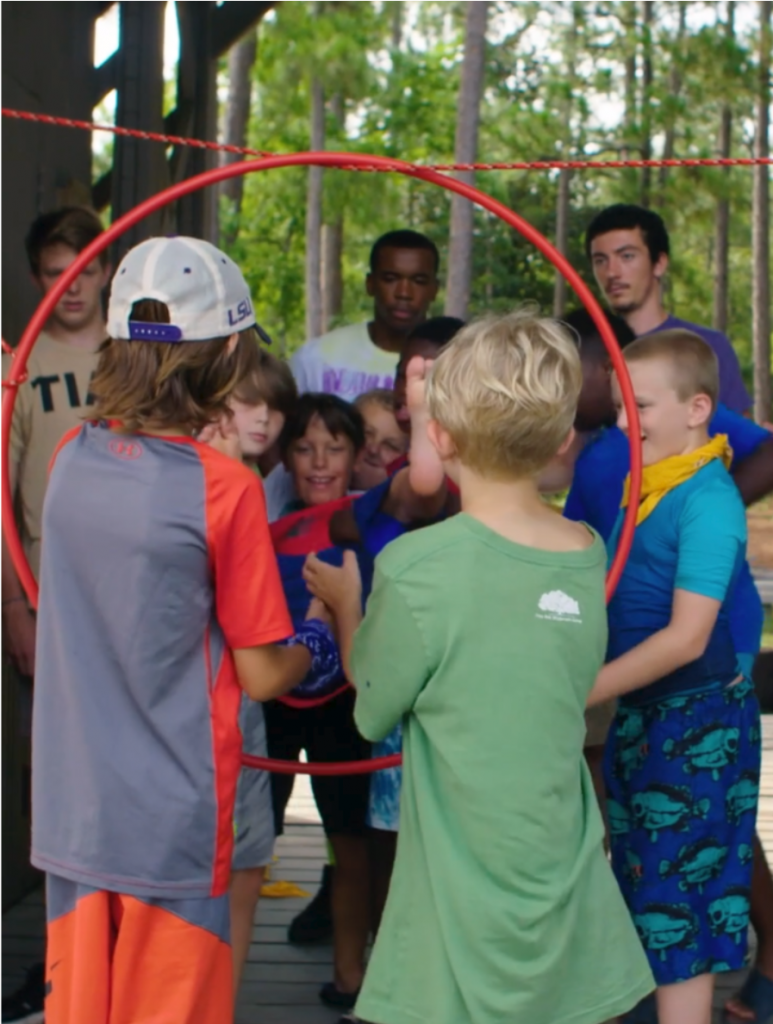
Hudson: That’s one of the first “ITs” that opened up camp for me. Everyone was trying to figure out how to complete that “IT” with the hoop. We were all struggling, and I was just playing around, since the requirements said you couldn’t touch it, and if you did, everyone had to go back. So I was thinking, “So I can’t touch it, but can a stick hold it down?” Of course, I didn’t tell the group. I just put the stick back down and joined in.
But then, when we were reflecting, D said he noticed what I was doing. He said what I thought of was pretty cool. He said that it was really original, really un-thought of – and if we had used it, it could have helped the whole entire team. So we re-did the challenge with using the stick to hold the hoop down, and we successfully did it. That really opened my eyes.
We learn from one another because we express our feelings about what’s happening and share our opinions on things.
***
New Orleans’ educational landscape is so strong not just because of our academic progress, but because of the diverse array of opportunities, like Live Oak, that nurture students’ development in and outside of the classroom. EP and Hudson’s experiences at Live Oak remind us that learning, at its best, is interactive and exciting, and gives students the chance to build deep, lasting friendships that fuel them year-round.
